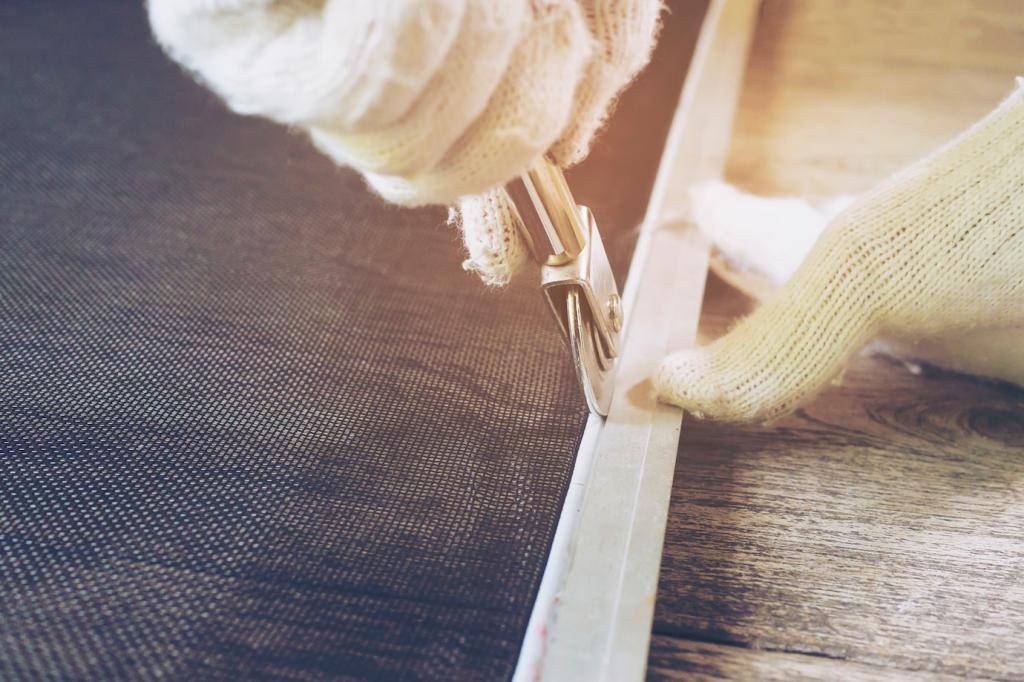Why Silk Needs Special Washing Care
Silk is made of fibroin, a protein similar to our hair, which means enzymes and harsh alkalinity can literally digest it. Respecting this structure is essential when washing silk bedding without thinning the fabric or dulling its shine.
Why Silk Needs Special Washing Care
Neutral pH detergents, cool water, and short wash times protect silk’s luster. High heat can yellow fibers, while lingering moisture encourages creases and odor. Gentle, efficient washing preserves softness and elegant drape for seasons of restful sleep.








